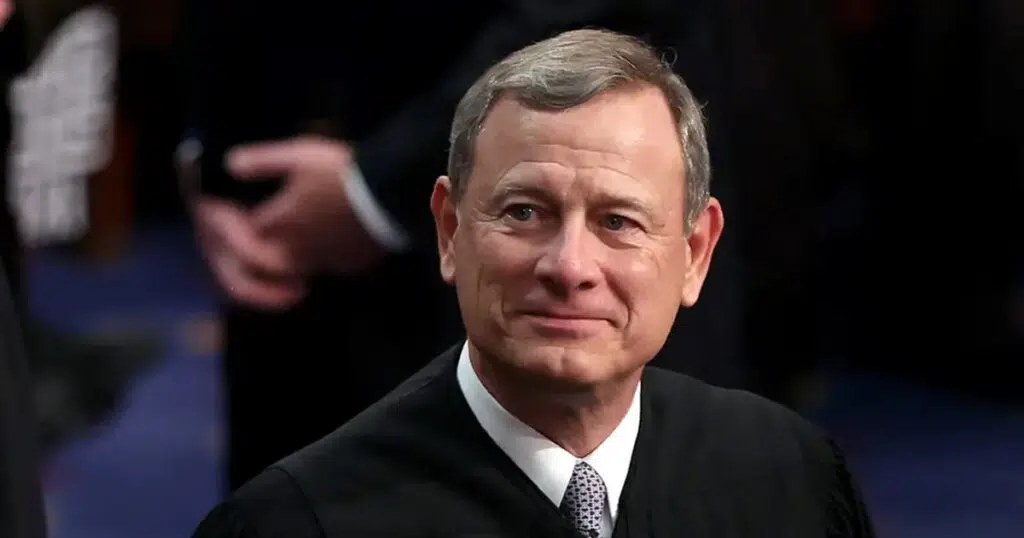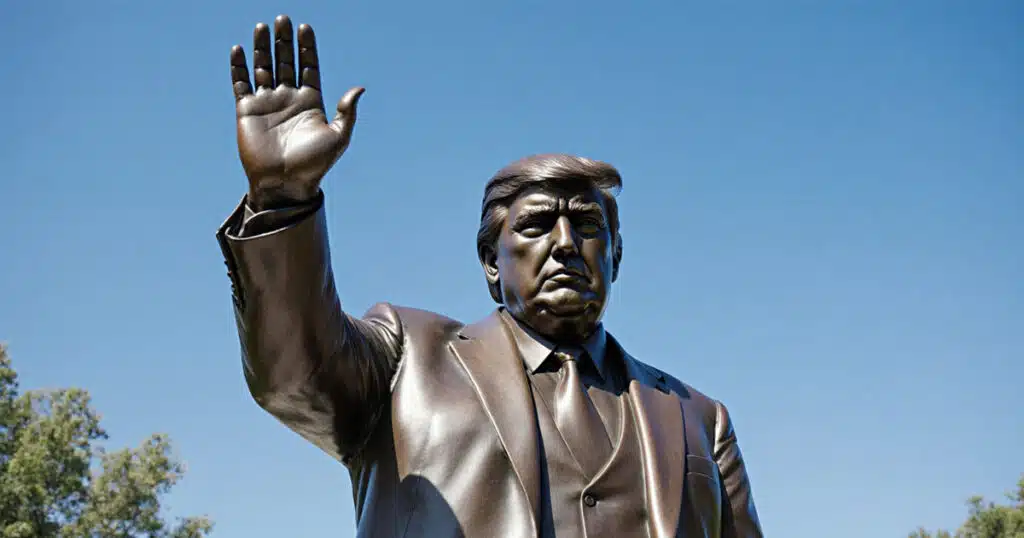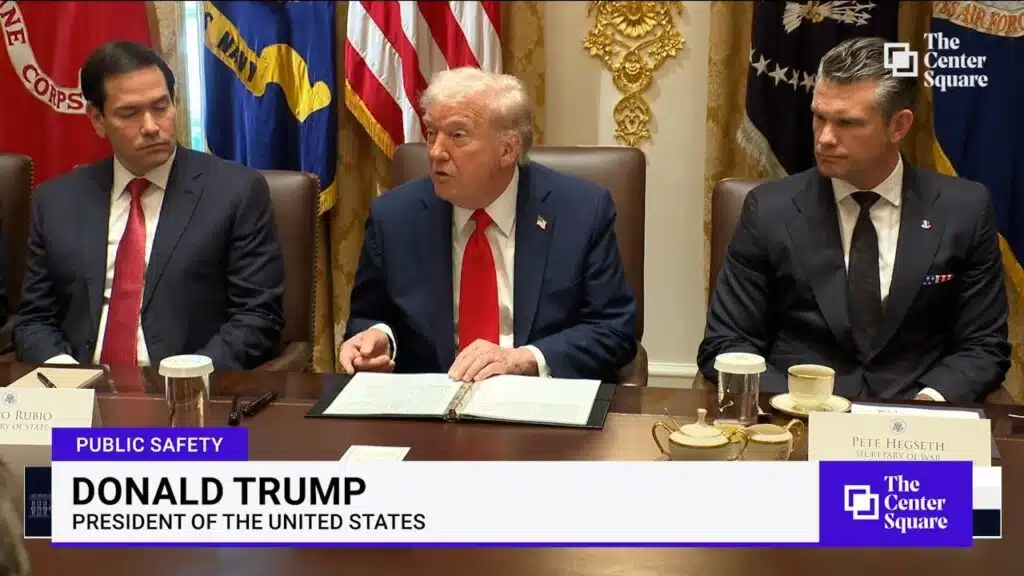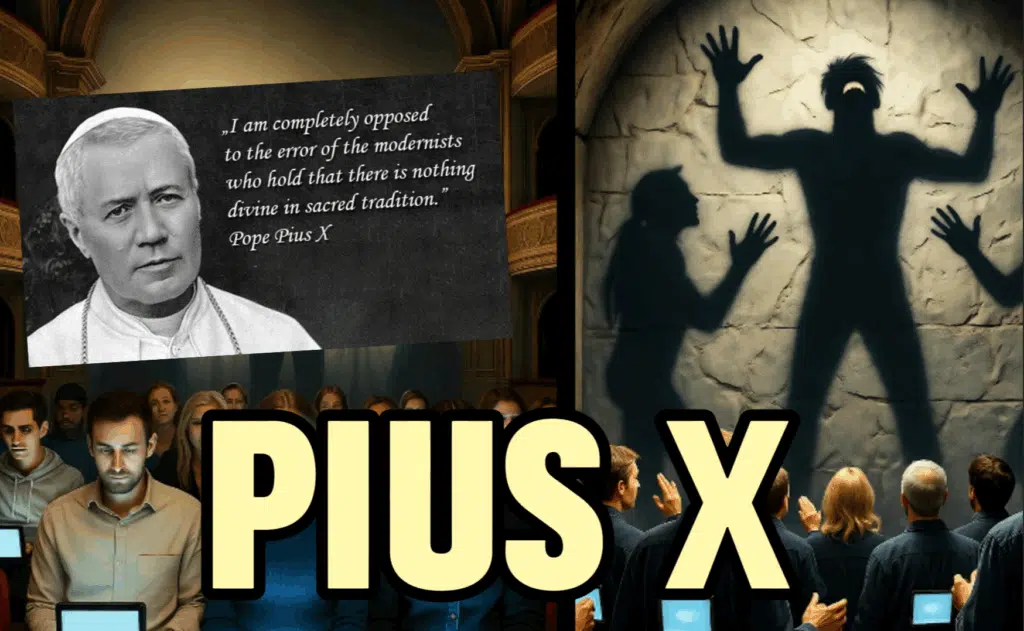
A Review of the Roberts Court
It has been 20 years since Chief Justice John Roberts was not only confirmed to the U.S. Supreme Court but was also named chief justice by President George W. Bush. As such, it is useful to look back at some of the major decisions that have been handed down in that time period.
As Justice Jackson pointed out, maybe more rhetorically than actually, the Court isn’t final because it is infallible. It is ‘infallible’ only because it is the final judicial decider. Well, infallible or not, I’m happy to report that the Roberts Court has been right far more than it has been wrong.
I must say that except for what I consider to be a handful of glaringly erroneous decisions, including most prominently the decision upholding ObamaCare, there have been some amazing decisions. In fact, as much as the decisions themselves, I think the Roberts Court reflects the triumph of the originalist and textualist method of legal reasoning championed by the late, great Justice Antonin Scalia.
It would be difficult to point to a weightier decision than the Dobbs decision that withdrew the federal courts and the Constitution from the abortion issue, appropriately relegating it to the states to be decided. But what the Dobbs Court missed is that the Constitution does containa ‘right to life, liberty and property …”
And in the 21st century, it is scientifically irrefutable that the unborn are human beings from the moment of conception and that they possess the key indicia of life—a unique genetic code, the ability to direct their own growth, with hearts that begin to beat at 18 days after conception and with brain waves measurable at 45 days after conception.
Next, the Loper Bright decision(2024) overturned the Chevron deference doctrine, according to which regulatory agencies had wide latitude in interpreting vague statutes so long as that interpretation could be deemed a “permissible construction of the statute.” Fortunately, after Loper, partisans on one side or the other of agency policy decisions have to actually engage in the political process to make the changes they seek. This heightened scrutiny by the courts of (often arbitrary) agency decisions is absolutely necessary!
Further, freedom of speech has been stoutly maintained and defended by the Court, including allowing corporate and union political speech (Citizens United, 2010); prohibited public union dues being extracted from workers who opposed what those unions were doing with those dues (Janus, 2018); and other cases in which free exercise of religion was allowed to flourish and Establishment Clause prohibitions of religion, to subside.
This includes the Court holding that states may not exclude religious schools when providing for K-12 scholarship money (Espinoza, 2020), and that religious business owners can’t be coerced by ObamaCare to provide insurance coverage for abortifacients (Hobby Lobby, 2014). The Court also defended the religious liberty of the Little Sisters of the Poor and a Colorado cake baker against hostile municipal governments.
Regarding the 2nd Amendment, the Court held that it includes an individual right to bear arms, not simply a collective one limited to law enforcement and the military. (Heller, 2008). The individual right to keep and bear arms was included in the Bill of Rights to guarantee Americans the ability to protect themselves from a corrupt, unconstitutional, and tyrannical federal government. In this way, the Second Amendment protects all the other citizen-rights enshrined in the U.S. Constitution.
We must also acknowledge the lead of Chief Justice Roberts in the effort to end racial discrimination. He simply but brilliantly captured his view of racial preferences in law this way. “The way to stop discrimination on the basis of race is to stop discriminating on the basis of race.” He later also wrote in a 2006 case involving the issue of race in legislative redistricting, “it is a sordid business, this divvying us up by race.”
I also think there is a better than 50/50 chance that the Supreme Court also overrules the Obergefell decision that “created” a federal constitutional right to gay marriage. Like the abortion issue, the issue of gay marriage should be handled by the states.
In short, what we have seen from the Roberts Court these past 20 years is really nothing less than constitutional revitalization in accord with the Framers’ view of the Republic they intended to create. It’s nothing less than the return of ‘Government by the Consent of the Governed.’ That is very much something to celebrate!



